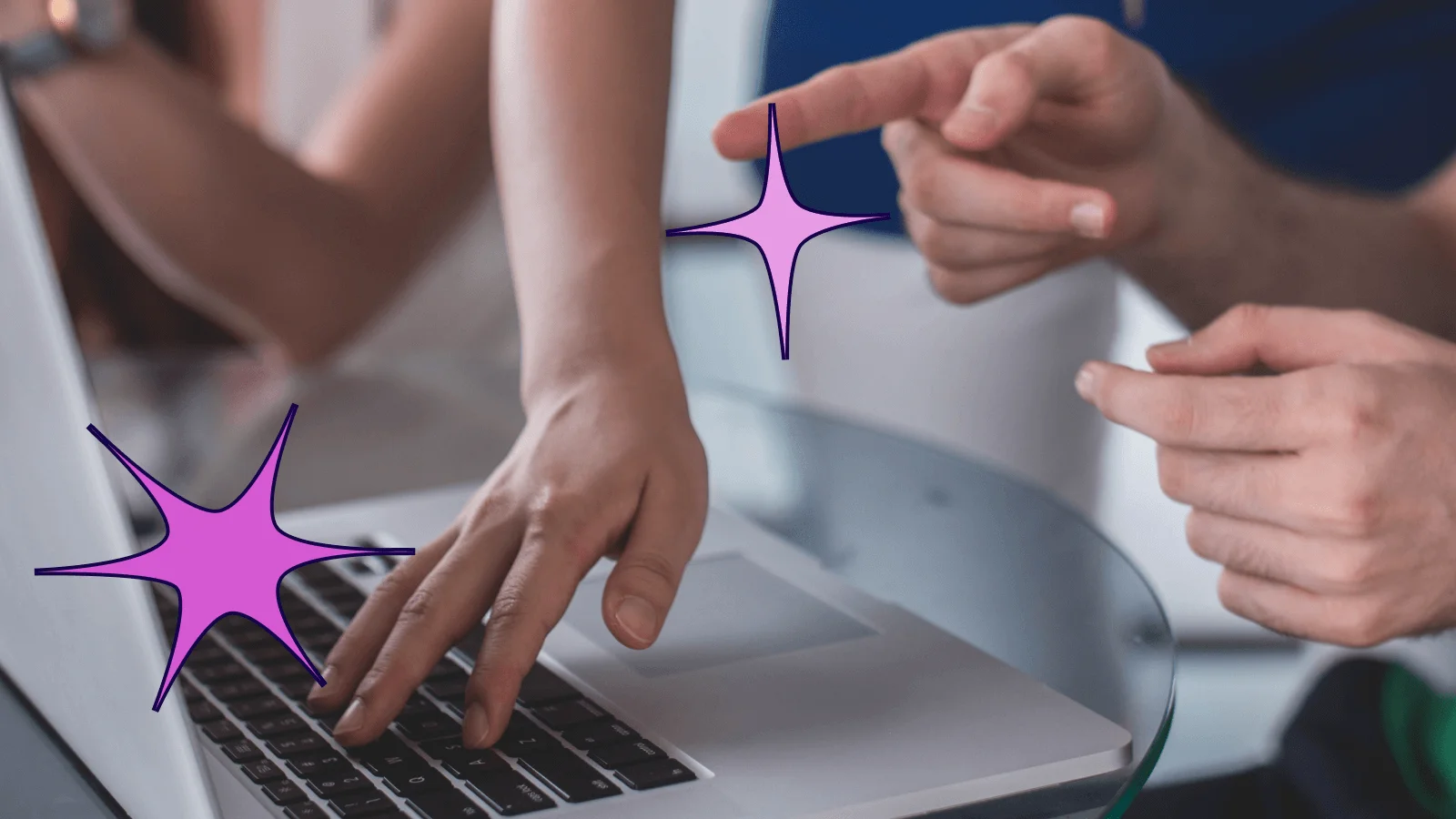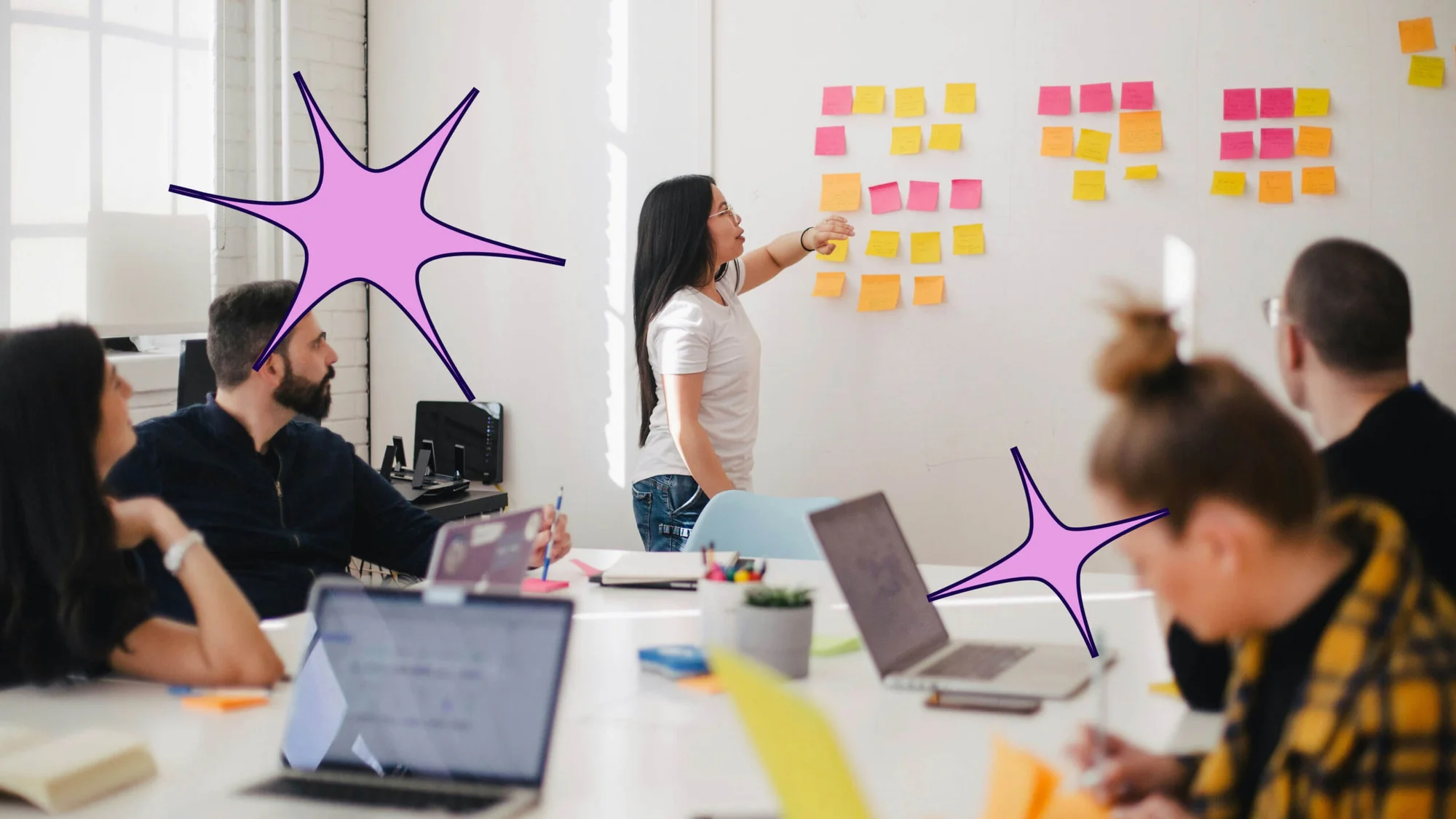Last week I had the opportunity to lead some sessions about user onboarding with attendees at the TechDay conference in New York. The conversations were really engaging, and it was instructive to hear about some of the onboarding challenges that customer success teams face for different industries, user groups, and types of applications. The one big takeaway was that onboarding really varies – there is definitely no one size fits all approach. The second big takeaway is that onboarding never really ends.
The Onboarding Timebox (Hint – There isn’t One)
When people first think about user onboarding – especially in the software world – the tendency is to think about the specific UX for a user that logs into an application for the first time. In the enterprise space, some might think about a specific checklist that a customer success rep goes through with a new customer. Both views are kind of incomplete. A better way to think about onboarding is that it’s the process by which a user becomes proficient with a product.
Notice that there’s no timebox in that definition. That’s because the time required for a user to become proficient really isn’t at all consistent. For some products that could happen during the first use, and for others it happens through months of usage. The important thing is for product and customer success teams to be aware of this. Many onboarding issues surface when the content and experience is designed for a specific timebox that doesn’t align with how the user actually learns.
The Challenge of Product Changes
Compounding this challenge is the fact that the product doesn’t sit still either. Enterprise SaaS companies are constantly making changes to their products. SaaS vendors launch major feature updates anywhere from 4 to 12 or more times per year. In a true SaaS model all of these updates make their way directly in front of the customer. A good example of the impacts of this are covered in eShares’ v4 announcement from earlier this month. With all of the changes to the product experience happening regularly, the user needs to be constantly educated in order to maintain and grow their proficiency.
Building for User Onboarding that Doesn’t End
This is why we’ve always advocated that you keep your onboarding fresh, and treat user onboarding as a continuous process with no distinct end point. Here are three things to consider for your processes:
-
Make onboarding a core part of your product:
In our survey of software companies, we found that those with the most effective onboarding programs were much more likely to invest product resources (development, UX, product management) in onboarding. This makes sense. Onboarding is a core part of the product experience. By integrating onboarding and onboarding content with the product development process, you can ensure that new updates are accompanied by the right amount of customer education.
-
Make your content ‘snackable’:
If onboarding is an ongoing process, it makes sense that your users are going to need to move in and out of it. Forcing users to complete a long training sequence before they use the product is never a good idea, but it’s really not a feasible way to get your users fully proficient. Instead, think about how your users can ‘self-service’ their onboarding – engaging with help when they need it, and freely exploring when they don’t.
-
Leverage different content channels:
Not every user learns the same way. In-app experiences are very effective, but they aren’t the only way help users gain proficiency. The most successful onboarding programs use 4 or more different channels for content. Look to mix your in-app experience with offline outreach (especially for less active users), video, and even structured training courses.
Onboarding that never ends seems like a never-ending challenge in itself. But, with the right approach, a tight alignment with your product team, and a clear multi-channel approach you’ll be ready. Remember, it’s all about showing customers value – the value they receive when they first start using your product AND the value they receive from continued use.




